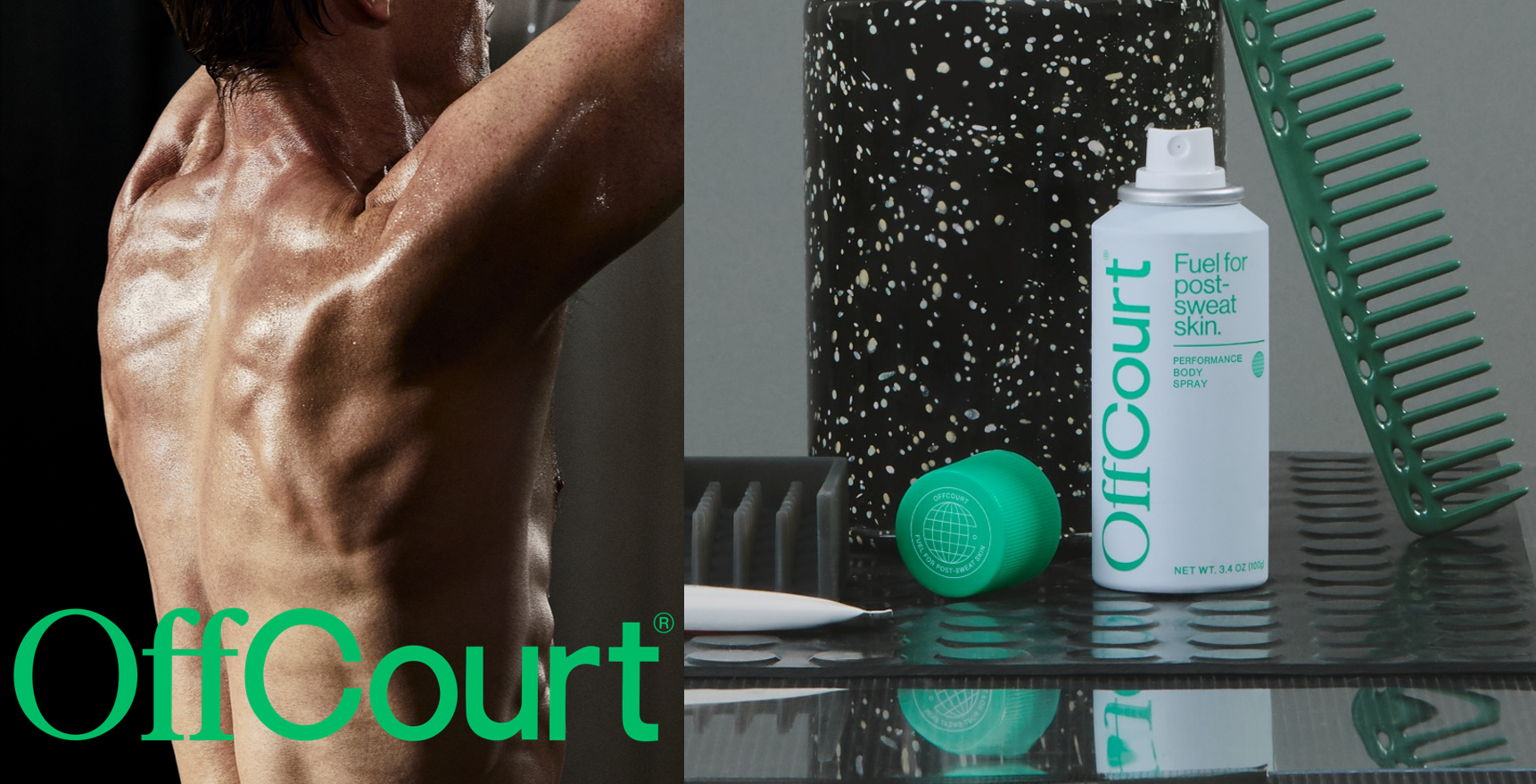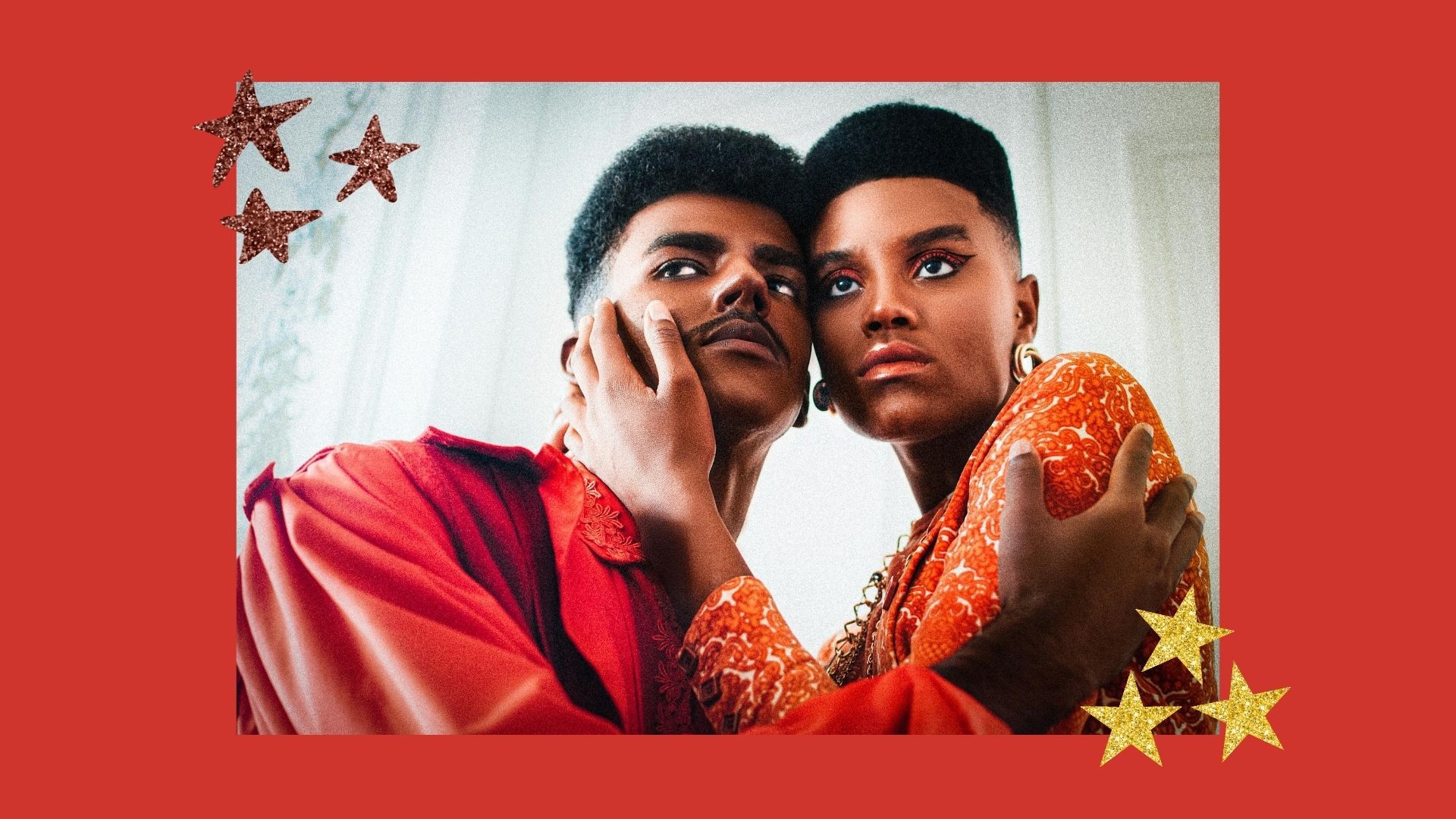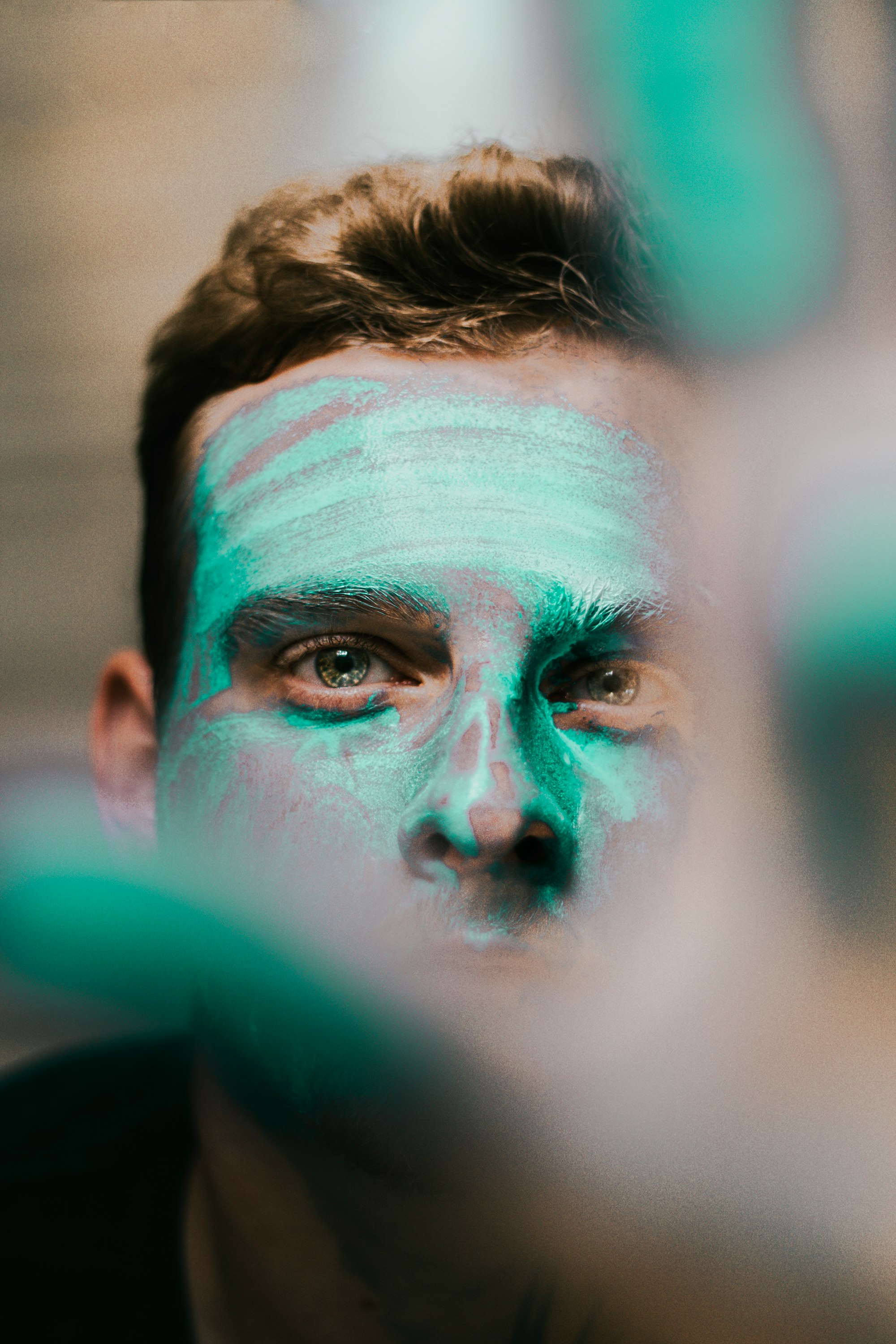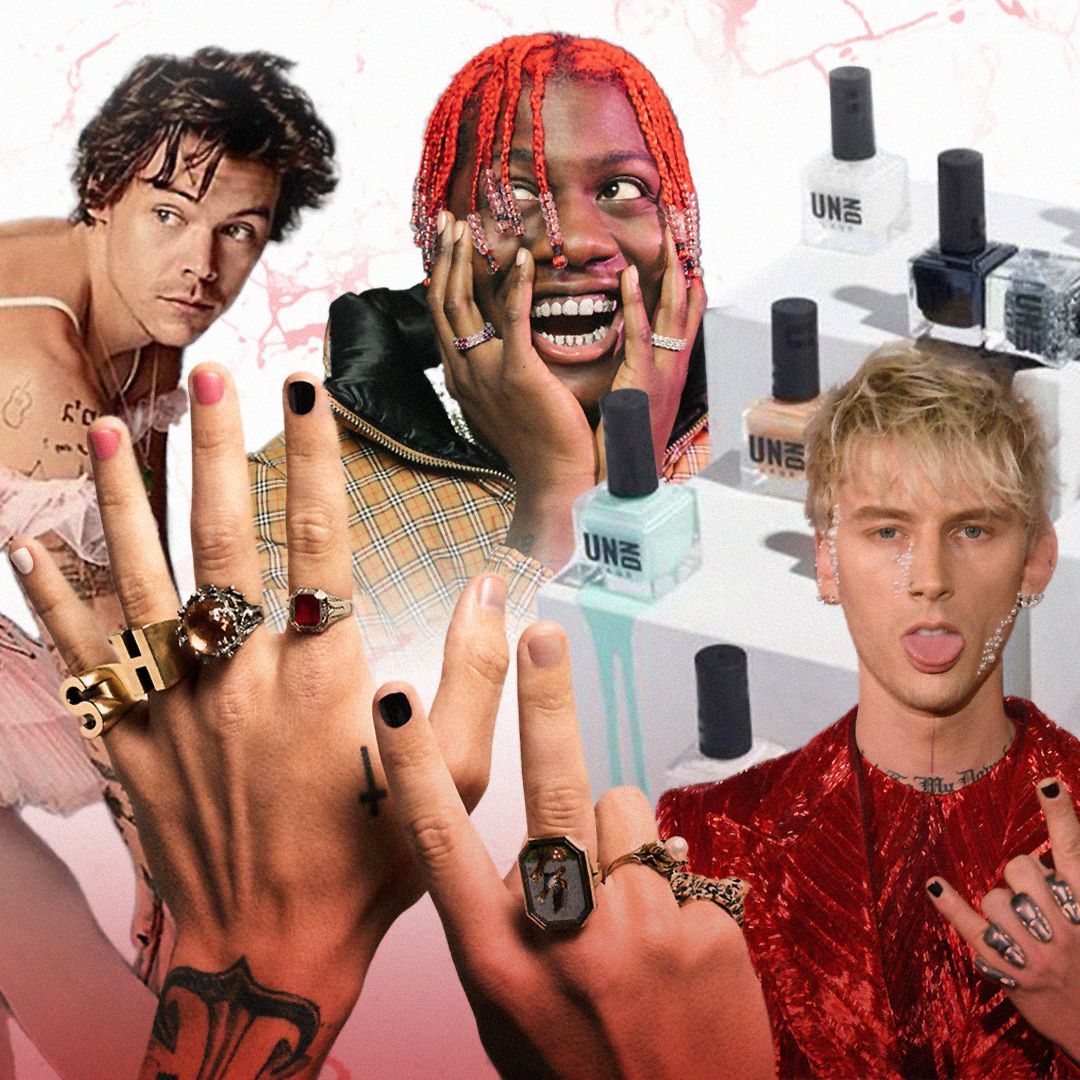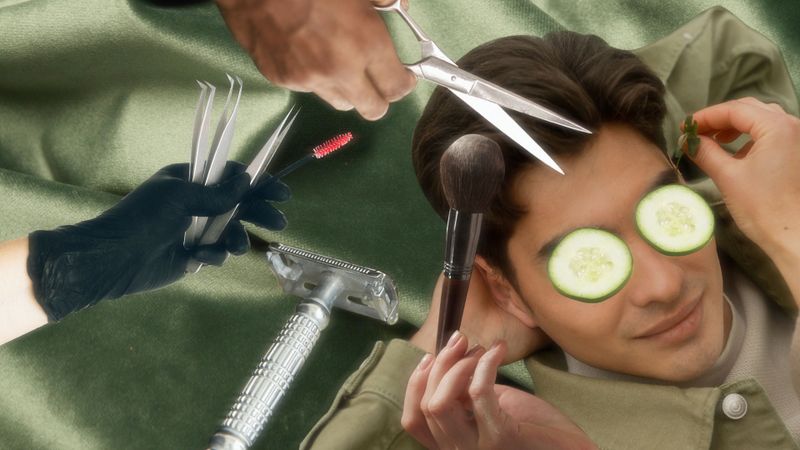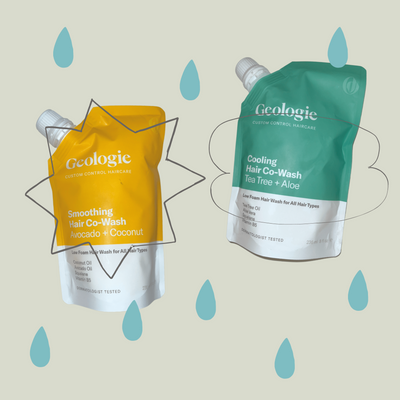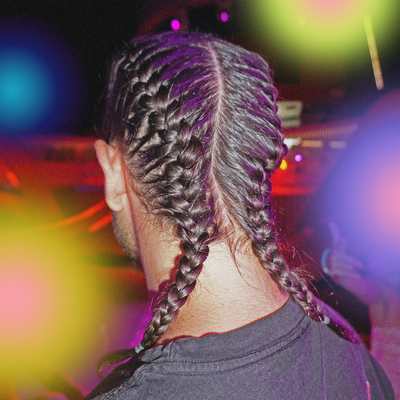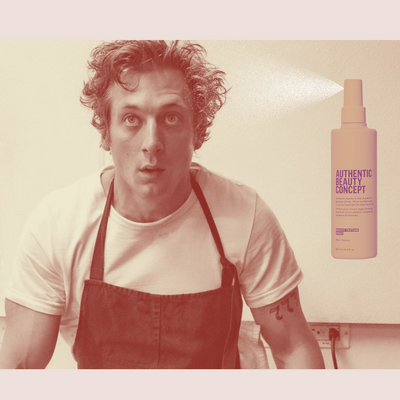What does the men’s grooming market look like right now and what do we anticipate moving forward?
Stroll through any men’s grooming section in any drugstore aisle and you’ll find this:
Dark packaging, black bottles with white lettering, some dark blues and greens, and the occasional pop of angry red. Words like, “Lumberjack,” “Three-in-one,” and “MEN” in all-caps, just so we’re all certain. A surprising (or maybe, unsurprising) amount of bears.
This is 2022.
For decades, men’s beauty products have lived in a separate space from the mainstream beauty sphere, where traditionally ‘feminine’ products dominate. As we move into a more inclusive future with less weight placed on gender norms, are things shifting?
SEE ALSO: Everything we know about Harry Styles’ new beauty brand, Pleasing
WTF is men’s grooming anyway?
Men’s grooming is another way to say “beauty,” except, well, masculinized, made easily digestible for some men who might not otherwise partake in self-care.
While adhering to an older standard of categorization, the term (that is, men’s grooming) isn’t necessarily outdated, says Max Berlinger, LA-based writer and editor who covers men’s fashion, grooming, and lifestyle. Terms like this one are built for marketing purposes, he adds, ways to create more products and then more solutions to those very problems.
“The core is still shaving, face moisturizer, body moisturizer, deodorant, stuff like that,” says Max. “That’s, at the end of the day, probably what makes the most money in terms of the straight, male consumer.”
But there seems to be a shift happening. Newer additions to the mainstream field include makeup, nail polish, fragrance, and wellness products.
In the past few years, grooming brands have tried to diversify their offerings. From luxury brands like Tom Ford and its bronzers back in 2013, to Chanel’s Boy de Chanel’s foundations of 2019, to indie brands War Paint For Men, offering coverage for men. Though heavily criticized for its very hypermasculine launch in 2019, there still seems to be a market for them. 2021 saw the rise of male celebrity brands like Machine Gun Kelly’s UN/DN LAQR and Harry Styles’ Pleasing, introducing a more expressive side of men, with nail paints and lacquers. The latter seems to not only cater to men, rather, a more expansive view of gender inclusion.
But for every Pleasing, there’s a hypermasculine brand popping up every other day. What gives?
Men’s grooming history
In the US market, as there still seems to be a stigma around men caring for themselves, marketing for men’s products has typically centered around utility. According to Statista, the men’s grooming market is estimated to be valued at $81.2 billion. The reasoning behind men and their resistance to beautify is fragility. At least, according to this 2012 study from Harvard Business School’s Jill Avery. In it, men renounce femininity through their consumption habits. AKA grooming remained solely practical, not for self-care (i.e., men need to shave, so here are disposable razors. Men need to smell clean, so here’s soap. It didn’t go much deeper than that).
But in products traditionally marketed towards women, there’s always been a larger emphasis on aesthetics and the ideal of female perfection.
Before World War I, makeup was considered impolite and few women used it at all. But in 1914, as women started taking up the jobs left behind by the American men off at war, society emphasized a need for femininity, and makeup became a way for gender norms to continue on. Then, when WWII came around, makeup again was a way to “boost morale.” Beauty wasn’t a choice, then, it was a woman’s duty to men.
“Today, we’re finding more of a middle ground, somewhere more focused on ingredients and what products really work for all people”, says Ian Michael Crumm, skincare content creator, and licensed esthetician. “There’s an intersection of brands that believe in functionality and making people want to feel beautiful”, he says.
and “I think the awful gender norms that exist on both ends of the spectrum, parts of them are merging into the center,” Ian adds. “People want to know what a product is and what it does. They don’t need to be spoken down to from either side of the spectrum.”
Though men’s grooming brands may push the notion that men’s skin is different from women’s, the science is a little iffy.
According to the American Academy of Dermatology Association, despite the fact that men’s skin is typically thicker than women’s, the basic needs of skincare remain the same regardless of sex. Instead, studies who skin type should be the defining difference across the board.
Where are we now?
With the rise of media showing men who care about beauty, people who have not traditionally felt welcome in the beauty space are increasingly joining in.
“People have been given permission to care,” says Ian. “Marketing messaging and tone is changing.”
Several men’s brands have started to shift away from the, “For Men,” emphasis of the past decades. Pharrell’s Humanrace launched its skincare line in 2021, which markets to all people, though many men have gravitated towards the brand. Body-care brand, HIKI offers a cruelty-free, “full-body sweat line, for ALL bodies.” And, of course, our sister brand good light is a personal care brand for all people, regardless of their gender identity.
Despite the growth of gender-inclusivity or an expansion of masculine beauty brands, the “For Men” rhetoric still holds a place in the market. Clinique For Men, Elemis For Men, and PC4Men aren’t necessarily going anywhere anytime too soon.
Key international players like Procter & Gamble Co., Beiersdorf AG, and L’Oréal SA still hold places as the major players in the market. But smaller brands like Aesop, Malin+Goetz, and Ursa Major, though favored by men, don’t necessarily market in a stereotypically masculine way. These brands, and others like them, are opening up the beauty space to a less rigid definition of what men’s grooming means.
Additionally, the idea of what brands are accessible to men has started to change. Though many American men still feel the need to stick with products targeted towards them, others are starting to venture out.
“I don’t think this idea of branding, or being marketed toward a guy or girl is about everything conforming to being gender-neutral,” says Ian. “If someone wants to use something more traditionally masculine, that’s absolutely fine… If someone wants something more traditionally feminine, that’s amazing.”
Traditional men’s grooming: Is it going away?
Brands with newer takes on masculinity and beauty (see: Harry Styles’ Pleasing) are leading the way for a generation open to a less gendered approach to beauty.
View this post on Instagram
A post shared by Pleasing (@pleasing)
“Unless any really big destabilizing factors come into play, I’d say there’s definitely going to be some disruption,” says Max. “There’s going to be overlap, there’s going to be experimentation. There’ll be an expansion of what we consider men’s products to incorporate traditionally feminine sorts of ideas of makeup.”
One-third of the younger generation of men, ages 18-29, say they’d use makeup, according to Morning Consult. With Gen Z’s rise as consumers, gender-inclusivity in marketing will likely see an increase. People want to see themselves in the products they use, and brands are beginning to understand this.
Many brands are expanding to include all gender identities in their marketing efforts. Inclusivity is more important to a growing number of people. According to Traackr, more than ⅓ of Gen Z-ers know someone who uses gender-neutral pronouns. Engagement with gender-inclusive content has increased by over 50%. Gender-specific marketing is not only unnecessary but outdated.
“Having a true directional voice and value behind the brand is going to be more key than ever,” says Ian. And that’s true in all avenues of beauty, not just men’s grooming brands.
Though we may move towards a more inclusive space where beauty has less to do with someone’s gender identity, culture by and large still has yet to change dramatically. With political divides, social, and religious factors that makeup America, notions of masculinity are still being debated. Thus, whether or not men’s grooming brands will pivot is really up to them – navy, black, gray packaging be damned.
READ MORE LIKE THIS
